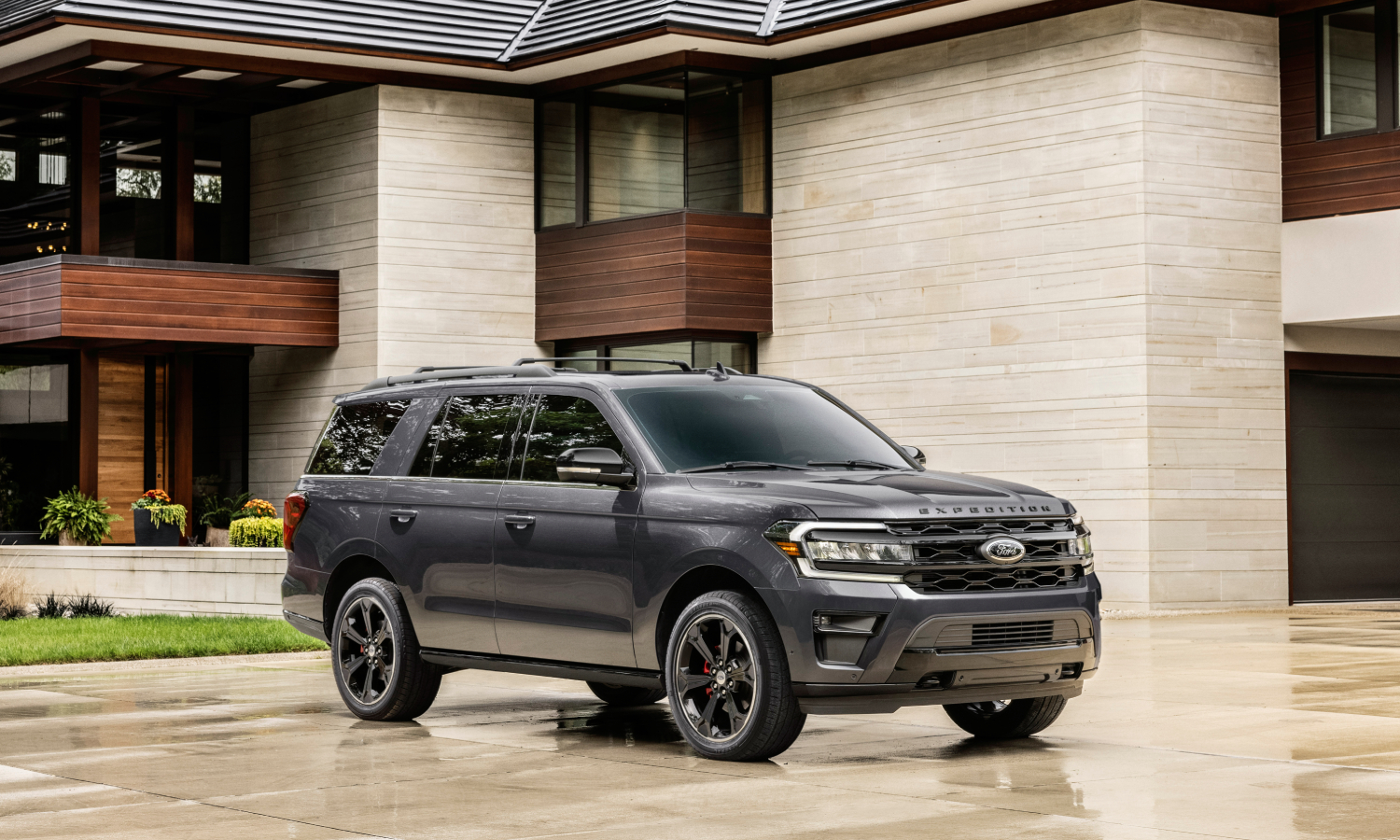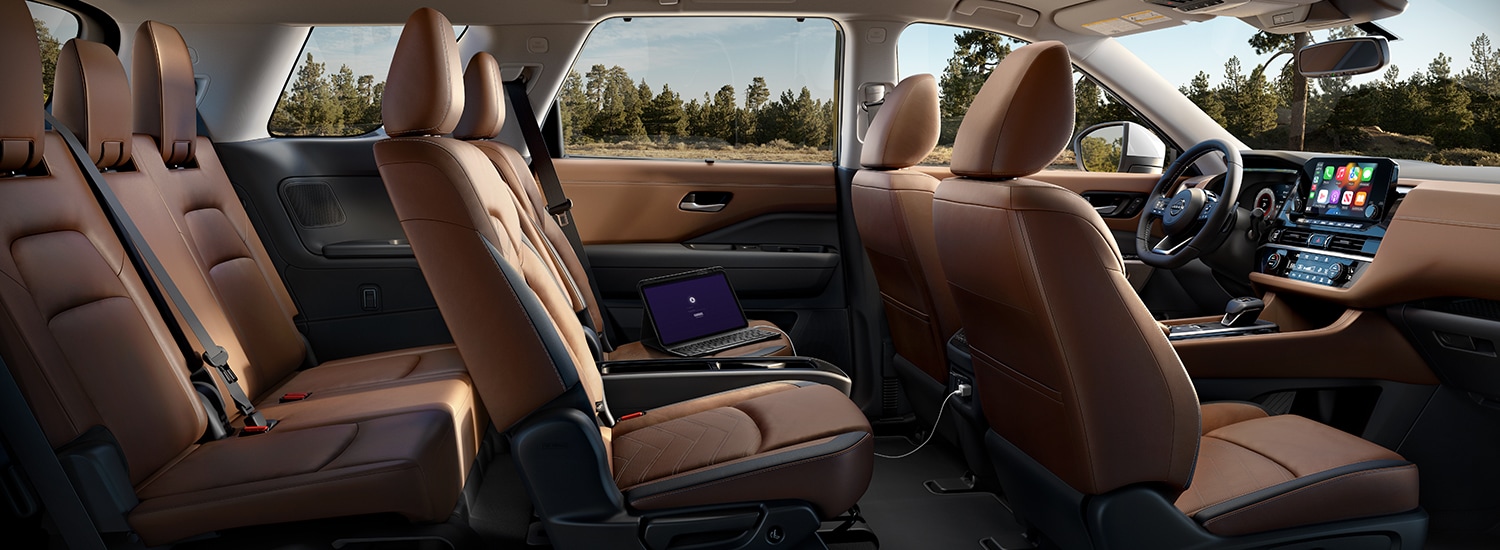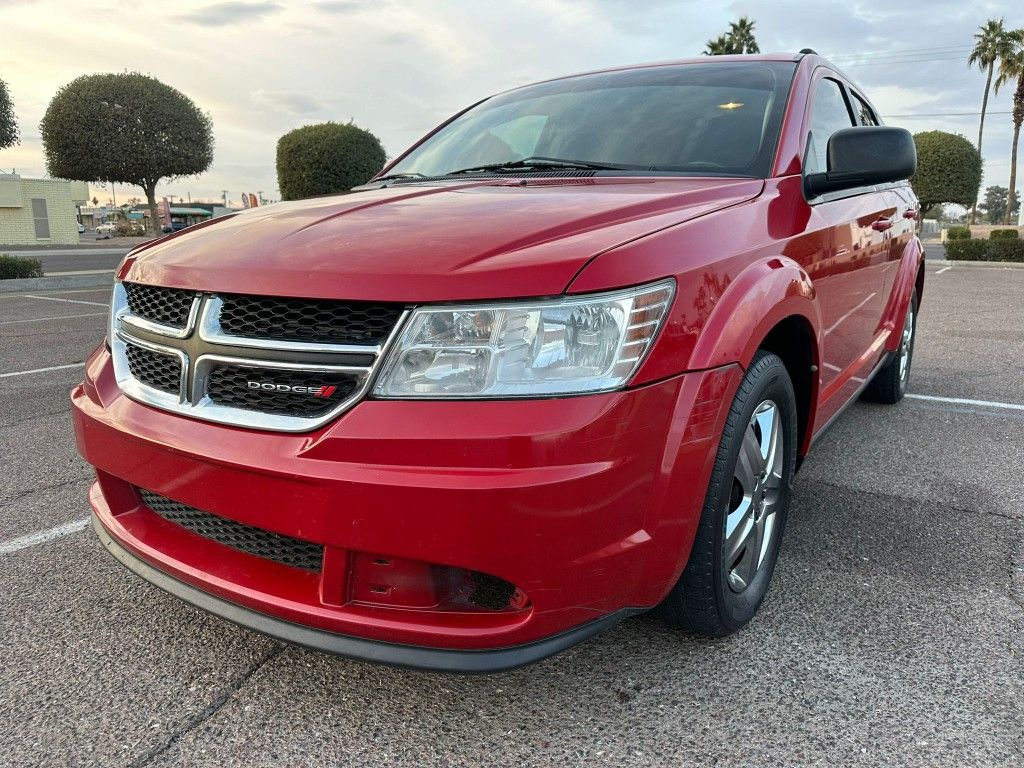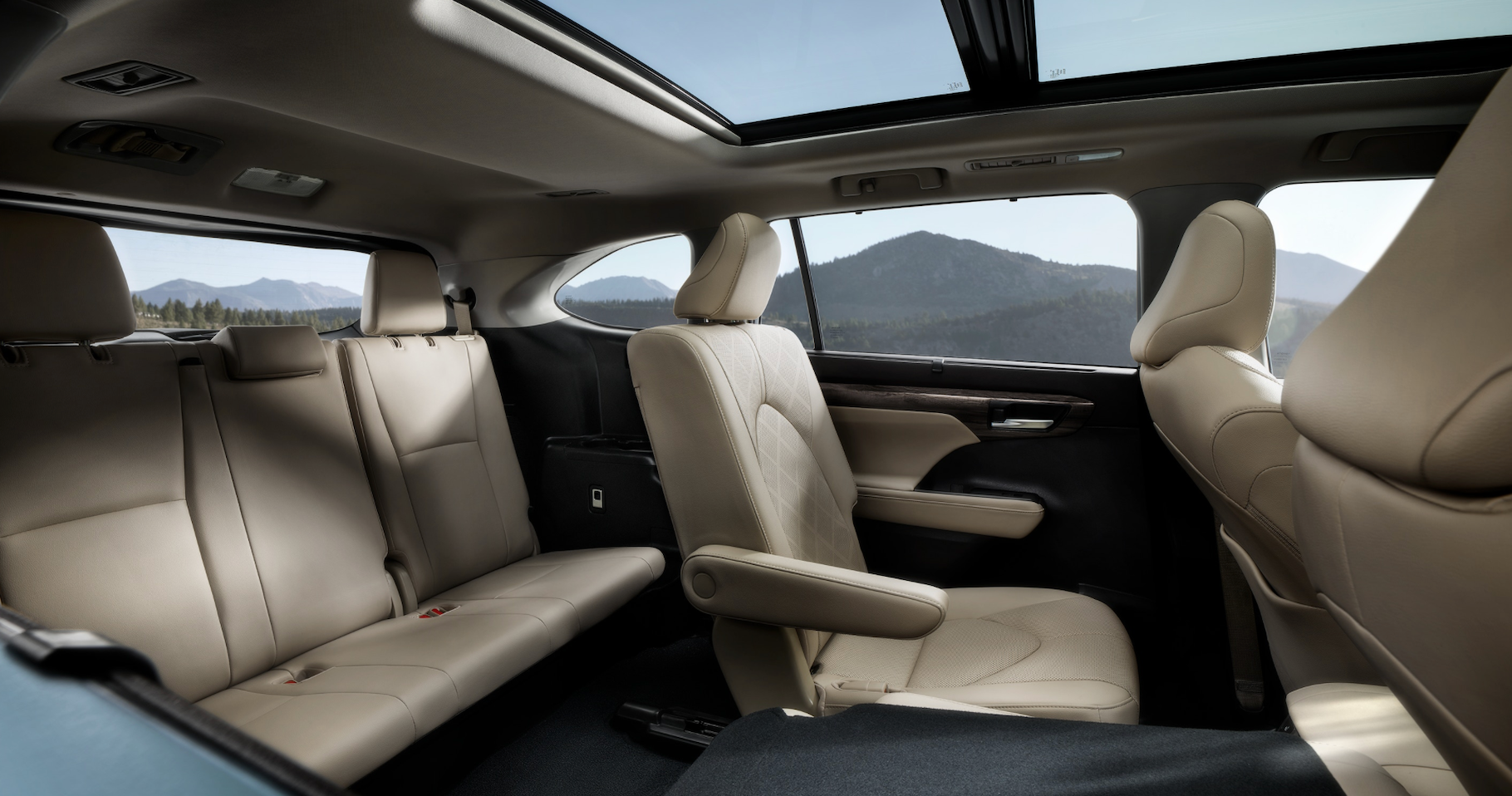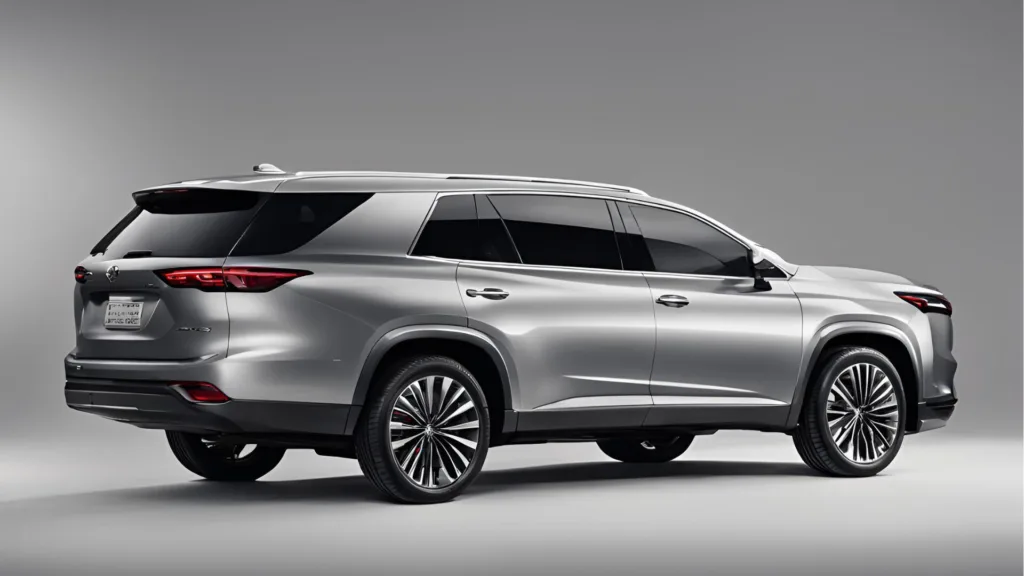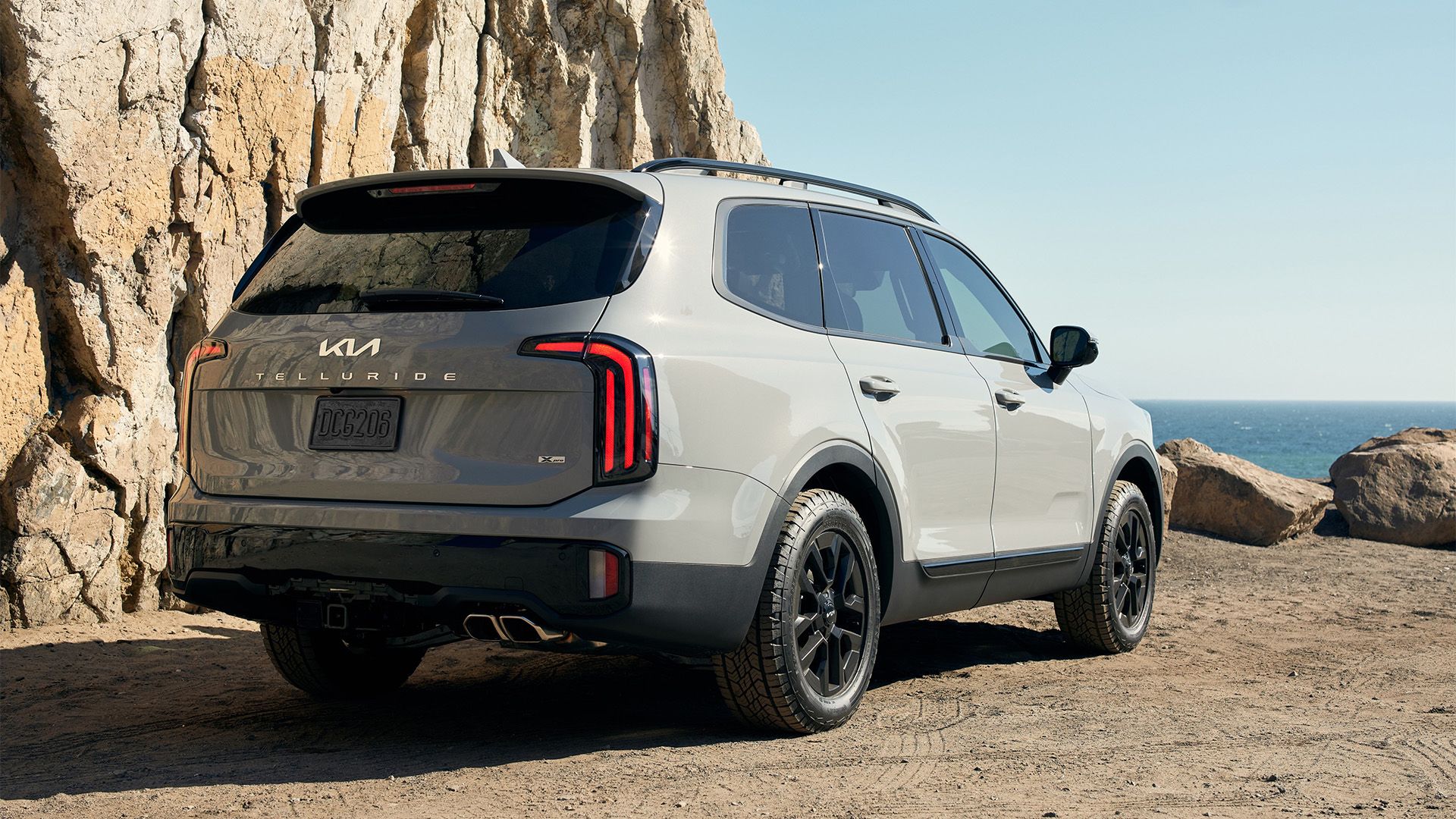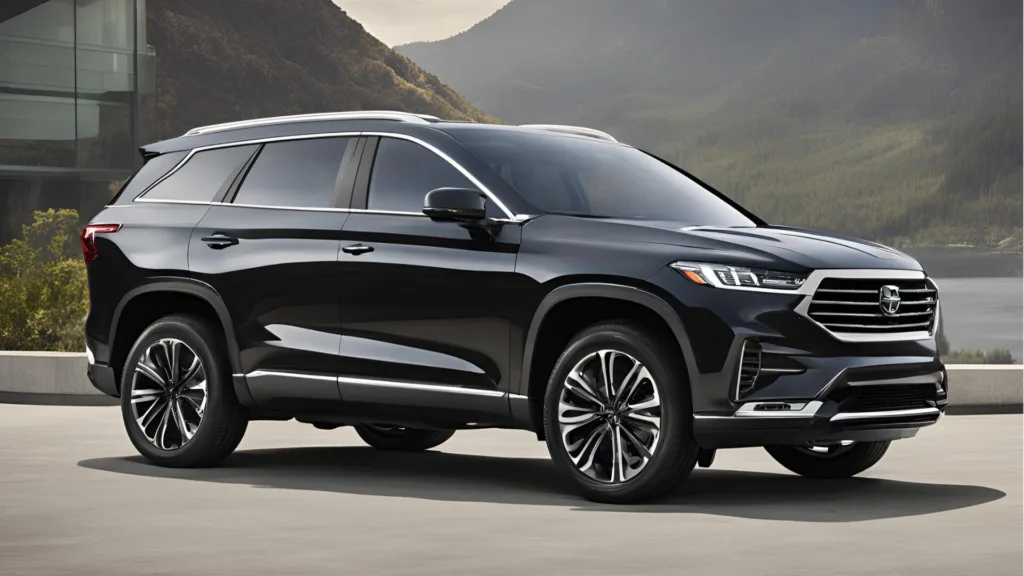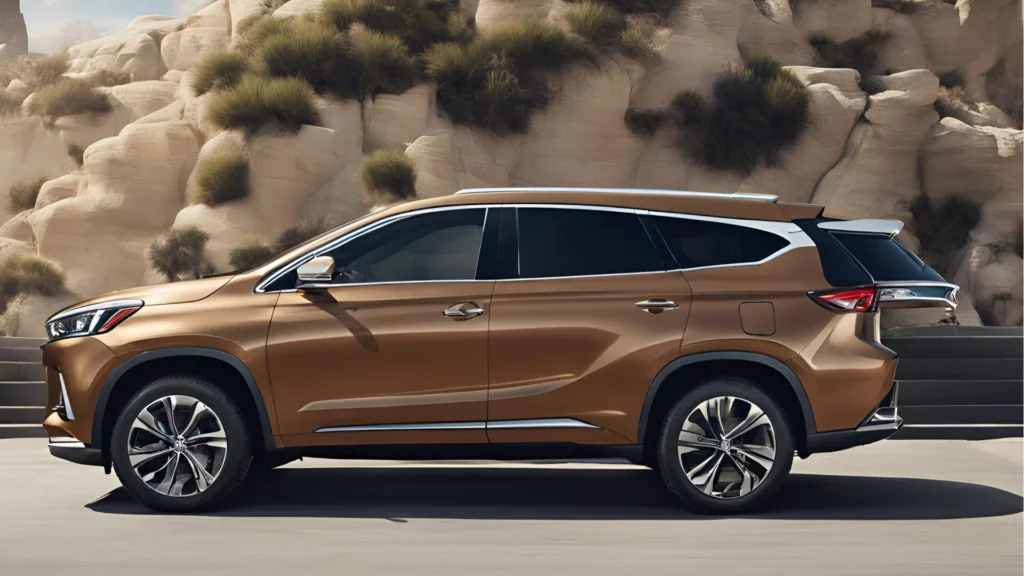Suv Good On Gas With 3rd Row Seating

Families seeking fuel efficiency without sacrificing space are increasingly turning their attention to a new generation of SUVs. These vehicles manage to combine the practicality of third-row seating with surprisingly good gas mileage, offering a compelling alternative to traditional minivans and gas-guzzling SUVs.
This article examines the emergence of these fuel-efficient, three-row SUVs. It will explore the key models on the market, the technology behind their fuel efficiency, and the potential impact on family transportation.
The Rise of the Efficient 3-Row SUV
For years, the equation for family vehicles was simple: more seats equaled lower gas mileage. However, advancements in engine technology, lightweight materials, and aerodynamic design are challenging this assumption. Now, several SUVs boast both third-row seating and respectable fuel economy ratings.
These vehicles appeal to families who need the extra seating capacity for children, carpools, or occasional guests, but don't want to break the bank at the gas pump. The shift reflects a growing demand for vehicles that are both practical and environmentally conscious.
Key Models and Their Fuel Efficiency
Several models are leading the charge in this segment. The Toyota Highlander Hybrid is a popular choice, consistently earning high marks for fuel efficiency and reliability.
According to EPA (Environmental Protection Agency) estimates, the Highlander Hybrid achieves around 35-36 mpg combined. This makes it significantly more fuel-efficient than many of its non-hybrid competitors.
Other notable contenders include the Kia Sorento Hybrid and Mitsubishi Outlander PHEV (Plug-in Hybrid Electric Vehicle). These models offer a combination of gasoline and electric power, further enhancing fuel economy and reducing emissions.
The Kia Sorento Hybrid provides impressive fuel efficiency for its size, typically around 37 mpg combined. The Outlander PHEV offers the added benefit of all-electric driving range for shorter trips.
Technology Driving Efficiency
Several factors contribute to the improved fuel efficiency of these SUVs. Hybrid powertrains are a major component.
These systems combine a gasoline engine with an electric motor and battery pack. This allows the vehicle to use electric power at low speeds or during coasting, reducing fuel consumption.
Beyond hybrid technology, manufacturers are also employing lightweight materials, such as high-strength steel and aluminum, to reduce vehicle weight. Improved aerodynamics also plays a significant role in minimizing drag and maximizing fuel efficiency.
Engine advancements, such as direct injection and turbocharging, allow for smaller, more efficient engines to deliver comparable performance to larger, less fuel-efficient engines. These are other crucial design decisions.
Impact on Families and the Environment
The availability of fuel-efficient, three-row SUVs has several potential impacts. Families can save money on fuel costs over the lifespan of the vehicle.
According to a study by Consumer Reports, owning a hybrid vehicle can result in significant savings on fuel, particularly for drivers who do a lot of city driving. This impacts household budget.
These vehicles also contribute to a smaller carbon footprint. By using less gasoline, they reduce emissions of greenhouse gases and air pollutants.
This trend could encourage more families to opt for more environmentally friendly vehicles. This then contributes to a broader shift towards sustainable transportation.
However, the higher purchase price of hybrid and plug-in hybrid models remains a barrier for some consumers. Government incentives and tax credits can help offset this cost, making these vehicles more accessible to a wider range of buyers.
As technology continues to evolve, we can expect to see even more fuel-efficient, three-row SUVs on the market. The combination of practicality, fuel economy, and environmental consciousness is likely to make these vehicles increasingly popular among families for years to come.


